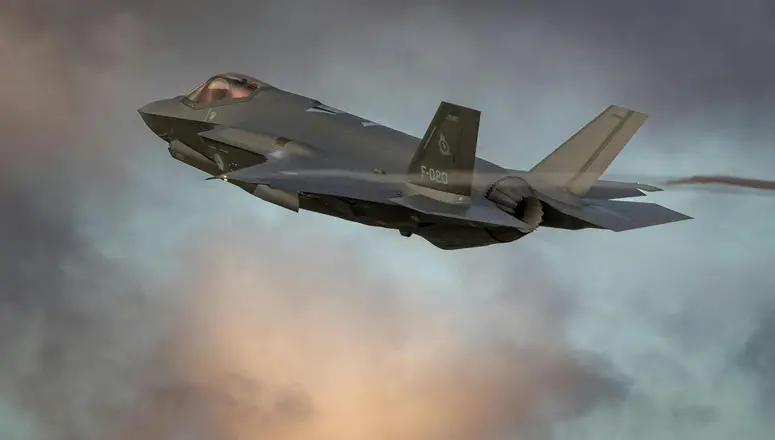NATO will begin its annual nuclear exercise “Steadfast Noon” on Monday (14 October 2024) with more than 60 aircraft taking part in training flights over western Europe. Steadfast Noon runs for two weeks and involves fighter jets capable of carrying U.S. nuclear warheads, but does not involve any live weapons. NATO’s nuclear exercise is a routine and recurring training activity that happens every October. Steadfast Noon involves 2,000 military personnel from eight airbases and a variety of aircraft types, including nuclear-capable jets, bombers, fighter escorts, refuelling aircraft and planes capable of reconnaissance and electronic warfare.
“Nuclear deterrence is the cornerstone of Allied security. Steadfast Noon is an important test of the Alliance’s nuclear deterrent and sends a clear message to any adversary that NATO will protect and defend all Allies,” NATO Secretary General Mark Rutte said.
This year’s exercise involves flights mainly over host countries Belgium and the Netherlands and in airspace over Denmark, the United Kingdom and the North Sea. Planning for the exercise began a year ago and thirteen Allies will send aircraft to take part in the drills. NATO is taking steps to ensure the safety, security, effectiveness and credibility of the Alliance’s nuclear deterrent. For example, this year, the first Allied F-35A fighter aircraft from the Netherlands were declared ready to perform nuclear roles.
NATO’s Washington Summit declaration makes clear that “the fundamental purpose of NATO’s nuclear capability is to preserve peace, prevent coercion and deter aggression,” It states that “as long as nuclear weapons exist, NATO will remain a nuclear alliance.” Arms control, disarmament, and non-proliferation have made and should continue to make an essential contribution to achieving the Alliance’s security objectives and to ensuring strategic stability and our collective security. NATO remains committed to taking all necessary steps to ensure the credibility, effectiveness, safety, and security of the Alliance’s nuclear deterrence mission, including by modernising its nuclear capabilities, strengthening its nuclear planning capability, and adapting as necessary.















